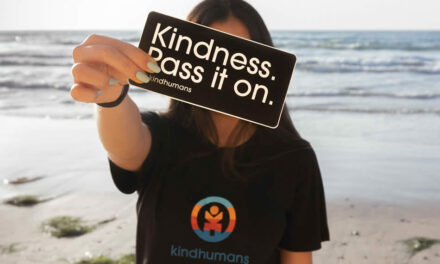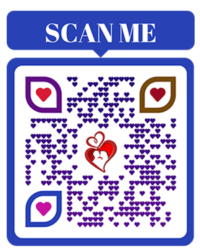The Right Answer According to Science, and Emotional Intelligence
The key is to put yourself in the other person’s shoes.
“I have good news and bad news,” I said. “The good news is the job is finished. We have all the trailers loaded. The paperwork is complete. It’s all ready to go. The bad news is the drivers got delayed and won’t pick up the trailers until tomorrow, which means we’ll miss the delivery date.”
According to a 2013 study published in Personality and Social Psychology Bulletin, most people with good and bad news to share prefer to share the good news first. (The researchers call it “priming emotion-protection,” a fancy way of saying, “maybe this won’t suck so bad if I ease into it.”
But the same study shows that most recipients of good and bad news prefer to hear the bad news first, if only because that reduces the worry factor: If I know bad news is coming, I’ll dwell on that — and be less likely to take seriously or pay much attention to the good news.
Maybe that’s because we tend to prefer stories with happy endings. (No research is necessary to confirm that statement, but hey: Here’s one study anyway.) Or maybe that’s because we prefer to be given possible solutions — instead of having to ask for them.
The good news is the job is finished, the trailers are loaded, the paperwork is complete, and we’ve worked out new arrangements with the warehouse. We’re going to send two trailers directly to their distribution facility in Pennsylvania so they can fulfill orders from there. While that will cost us a little more, it keeps the customer’s schedule intact.”
Granted, I could have gone the 1) good news, 2) bad news, 3) solution route and maybe gotten to a similar place.
But getting the bad news out of the way shifts the focus permanently to the good news, and then immediately to the potential solution.
And if you don’t have a potential solution, that’s okay: You’ve still teed up the recipient to weigh in, ask questions, and make an informed decision.
The next time you’re tempted to lead with the good news, take a page from the emotional intelligence playbook, put yourself in the recipient’s shoes, and deliver the bad news first.
While that might, for a few moments, feel less comfortable; the overall outcome will likely be better.
Which is what really matters.
![]()

























